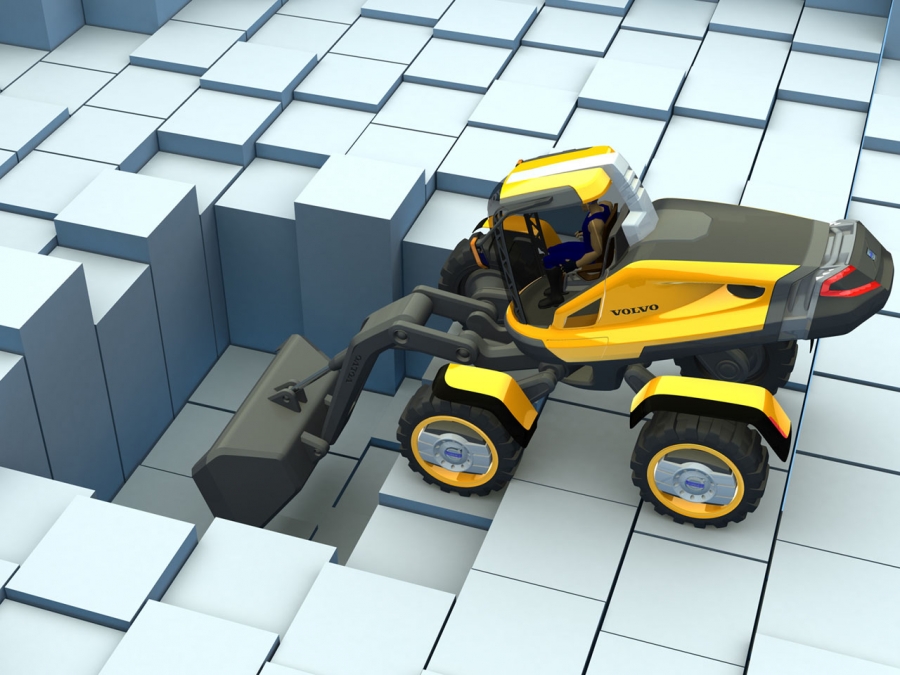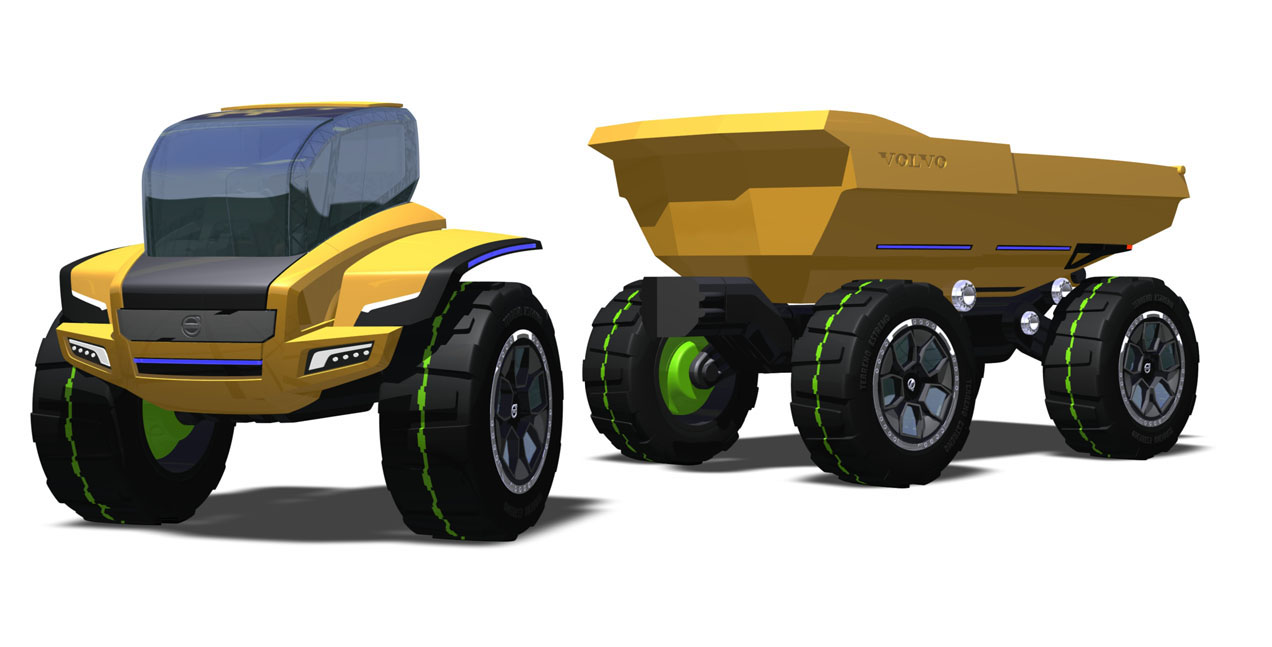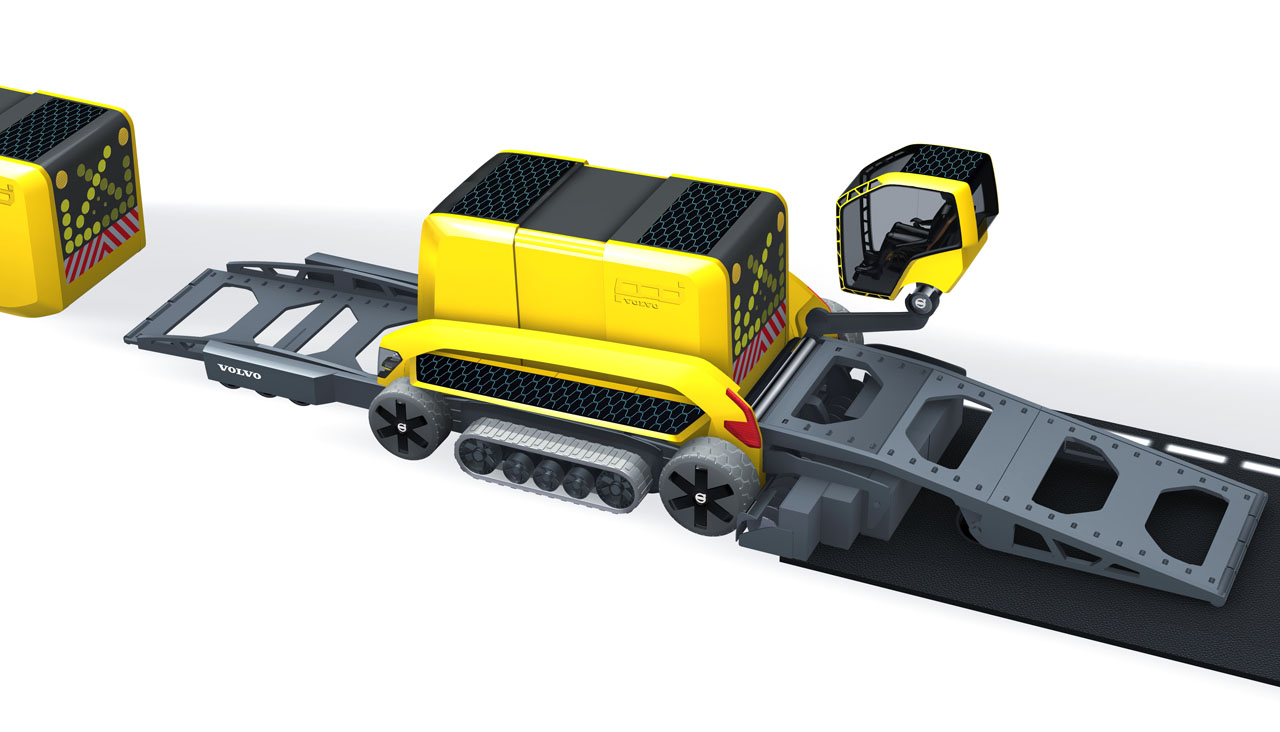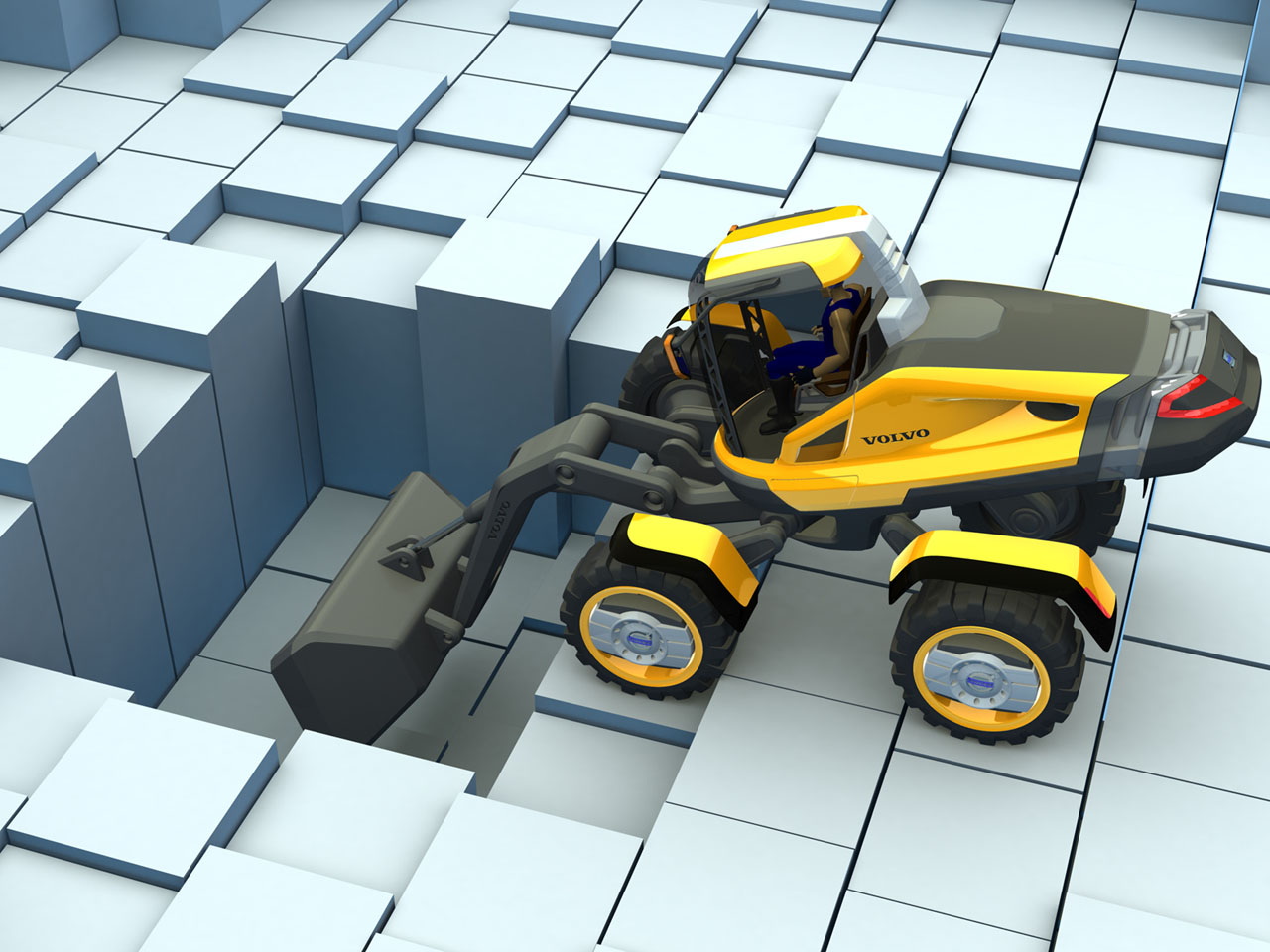Next-Generation Heavy Equipment
Because I love heavy machinery, watching the massive mining equipment in "Avatar," notably the Slash Cutter and the D-22 dozer, had me secretly thinking, “Holy cow, I wanna drive that thing!" The lingering images of the uber-heavy equipment and its seemingly boundless ability to get a lot of work done in a hurry made me think of how today’s machines might morph into these mega-machines. Although "Avatar's" remote-controlled bull dozer may exist only on screen, Google recently announced that it had sent one of its self-driving Toyota Priuses over 140,000 miles of California roads by using their Google Maps and Street View technology. Likewise, the Center for Automotive Research at Stanford (CARS) sent a robotic self-driving Audi TTS coupe up Pikes Peak in the Pikes Peak International Hill Climb at racing speeds, further fueling my imagination about next-generation equipment.

Of course, we must stay grounded in the physics of the real world when we consider heavy equipment. Pushing, scooping, lifting, moving, crushing, mixing, and generally getting object A to location B will always generally involve blades, wheels, tracks, engines, and an operator, but incremental improvements are happening in the design, mobilization, and use of heavy equipment. Some improvements may go unnoticed while others may have far-reaching effects. The deployment of autonomously operated equipment will undoubtedly enhance the safety and operation of heavy machinery because their operators will be relocated into operation centers.
Incremental improvements to heavy equipment are being delivered daily. These component changes will add up to a much more efficient and productive use of heavy equipment. Improvements to engines, GPS control, fuel economy, Internet Protocol (IP) systems control, robotics, fleet management and deployment, lighter materials, greater use of electric motors, and componentry will add up to much more powerful and efficient machines.
The Lineup
Volvo is particularly forthcoming with images of their conceptual heavy vehicles; these images provide a clue to some of the more visible improvements that are on the way. Its “Fenix” paver concept model shows componentry at work, where a pre-filled POD is deployed systematically in front of the paver to supply asphalt. Once the POD is emptied, it automatically collapses for convenient return to the batch plant for its next load.
Volvo’s “Gryphin” wheel loader is surely named for the powerful mythical creature that is half lion and half eagle. Revolutionary innovation includes the four independently driven wheels, each with its own electric motor, that allow it to climb in unprecedented ways. This bird includes a zero-emission electric hybrid engine and a cab that has photometric glass, lightening and darkening as daily conditions change for optimum operator visual acuity.
The cool-looking “Centaur” articulated hauler improves the flexibility options available to a job site, where its tractor is able to be uncoupled quickly from its trailer component, allowing for rapid response to a variety of work application needs, where it can be a dump truck one minute and a fuel carrier the next.

Particularly notable is the next generation research coming out of Volvo CE’s Product Portfolio and Advanced Engineering Department, working with Swedish industrial design firm Prospective Design as well as Volvo Group’s Technology Centre in their development of a next-generation excavator. The "SfinX" conceptual excavator not only brings incremental improvements to basic components like the bucket and boom, it also includes some highly innovative components that (Volvo admits) may not be incorporated into product development but that otherwise are great ideas. The diesel engine is replaced by a hydrogen fuel cell system that emits only water vapor and heat. The engine moves to the rear where it also does work as an “active counterweight,” moving in and out to compensate for movement in the boom. Composite materials that have yet to be invented are shown, including high-abrasion wheel material improving traction. These lighter and stronger materials will improve the efficiency of the equipment, where energy is devoted to moving material and not heavy booms and buckets. Making operator efficiency a hallmark of the design, Volvo made the cab removable for remote operation in dangerous locations or when the excavator is needed underwater. Strategically placed cameras can broadcast a better view of what the excavator is up to than what’s typically available from behind the boom and bucket.
All in all, the future looks very bright for the next generation of heavy equipment. So guys (and gals), whatever you do, DON’T let your environmentally responsible daughter (or son) or wife (or husband) watch this true-to-life "Avatar"-like Komatsu machine at work.

Morey Bean, AIA, LEED AP
Colorado's 1999 Architect of the Year and Vice Chair of the Boulder Chapter of the Urban Land Institute, Morey’s experience includes the successful development of the Colorado Architecture Partnership, an architecture firm dedicated to sustainability and green building. Morey was appointed by the Chief Architect of the GSA to the National Register of Peer Professionals. He serves as a ULI Service Advisory Panelist and was a charter member of the Colorado Chapter of the USGBC and past president of the Colorado South Chapter of the AIA. He is a construction litigation services expert witness, land development analyst and sustainability strategies consultant.
The author was honored by the Colorado Component of the American Institute of Architects as their Architect of the Year in 1999 and is on the Roster of Neutrals for the American Arbitration Association (AAA), providing dispute settlement for the design and construction industry.
Website: www.cyberarchitects.com


